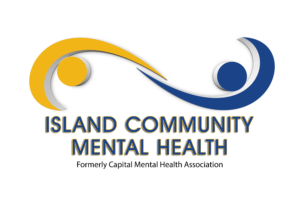Treatment Issues for Bipolar Disorder in Women
Issues Associated With Menstruation
Miller, professor at Harvard Medical School and Director of the Women’s Mental Health Divisionin the Department of Psychiatry at Brigham and Women’s Hospital, said the hormonal changes associated with the menstrual cycle and menopause can complicate treatment and disease course. For instance, in a retrospective study of 2524 women, 65.1% of women with bipolar type I and 70.5% with bipolar type II reported increased premenstrual mood symptoms. Only 33.7% of women without BD reported increased mood symptoms.1 She added that there are a number of well-documented cases showing a clear exacerbation of mood symptoms associated with the menstrual cycle. To read more, click here.











